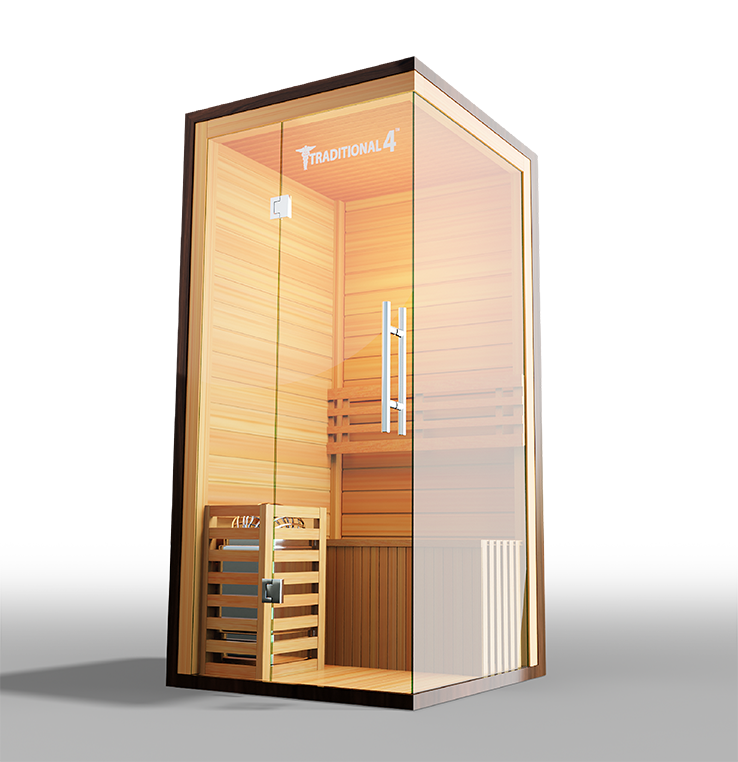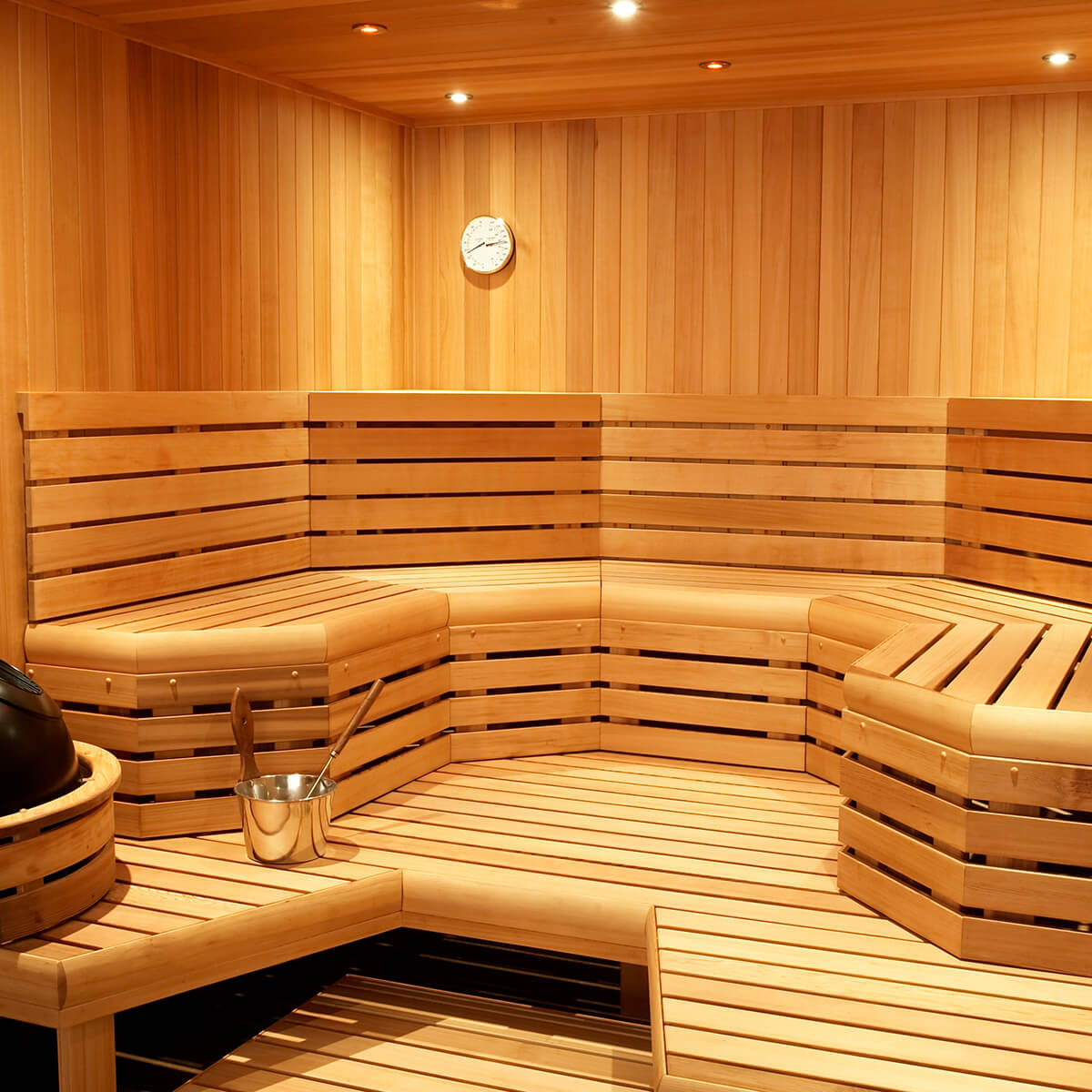Traditional Sauna Fundamentals Explained
Table of ContentsWhat Does Traditional Sauna Mean?All About Traditional SaunaThe Basic Principles Of Traditional Sauna Top Guidelines Of Traditional Sauna
Most of the weight shed in a sauna is water loss and is re-gained upon rehydrating. Nonetheless, without a question sauna can be a vital part of a healthy and balanced weight-loss program. To check out the distinctions between traditional and IR saunas, I will certainly divide these right into proven, theoretical, and fabricated differences.Hence, the best point in the saunawhich goes to the ceiling directly over the sauna heateris usually between 185 and 190 F. Traditional Sauna. Claims that a conventional sauna exceeds 200 F is simply not real and not suitable for electric saunas marketed in the US. The temperature for a far-infrared sauna is typically set in between 120 and 140 F; nevertheless, unlike the typical sauna, the objective in and IR room is not to attain a heat
Due to this, the temperature level distinction is almost unnecessary, given that excessive sweating results in both sauna kinds, however the method of warming the body is various. In an IR sauna the bather will feel warm and will sweat a lot, however at much lower temperature levels. Therefore, if the objective is to spend longer durations of time in the sauna, the IR sauna is a great choice.

About Traditional Sauna
When the heat is accomplished, the elements cycle on and off to preserve the high temperature level. Most traditional sauna users enjoy putting water over the rocks to develop steam to raise sauna moisture levels. The benefits of putting water over the rocks consist of: making the area a lot more comfy, dampening the nasal passages, and permitting the use of aromatherapy by blending vital oils with the water.
In a far-infrared sauna, the warm front pass through the body to effectively warm the body and raise the body core temperature level. To attain this increased temperature level, Far-infrared emitters develop infrared energy which is close to the same wavelength as that which the body naturally emitsoften referred to as the "Vital Array" of 7 to 14 microns), so the energy is well gotten by the body.
When the power enters the body, it causes the body temperature level to raise and inevitably leads to sweating. In an infrared sauna it is necessary for the emitters/heaters to stay on virtually regularly. Considering that there is useful source no mass of rocks to maintain heat, the sauna will cool down if the emitters turned off.
As pointed out over, the sauna bather in an infrared room wishes to place himself before operating emitters to obtain optimal take advantage of the warm. The heating time for the 2 spaces can be very different, depending upon how the rooms are utilized. For a standard sauna, a bather must allow 30-40 minutes for the space to attain a desired temperature and to correctly pre-heat the rocks.
The Buzz on Traditional Sauna
A well built sauna will commonly accomplish a temperature level of 150-160 F in about 30-40 minutes. For hotter temperature levels, the area may need to warmth for a longer duration.
To some, 15 mins was "squandered" while the infrared power heated up the timber panels as opposed to warming a body, while others locate a pre-heated room to be a lot more comfy and believe an elevated beginning temperature level is required to begin sweating. The size of recommended use for each room is approximately the same (10-15 mins per session); nevertheless, as a result of the reduced air temperature levels and the capability to feel the impacts of infrared warm quicker than a typical sauna, it is not unusual for an individual to invest an overall of 20-30 minutes in an infrared sauna.
Typical saunas often tend to be bigger (for this reason utilize more power) than infrared saunas, although conventional saunas are definitely readily available in one and two person sizes also. For a two-person typical sauna, 5x6 or 5x7 size is most prominent. The top bench can comfortably seat two or 3 individuals and is additionally long sufficient to rest throughout the sauna session.


The ordinary expense per kWH of electricity in the united state is roughly $0.11, so a 4.5 kW heater Discover More Here will certainly cost around $.50 to run for one hour, if the heating unit runs continually for one hour. Generally a sauna heater will compete 75% of the first hour and 50% of succeeding hours on considering that the aspects cycle once the established temperature is accomplished.
5 Simple Techniques For Traditional Sauna
A two individual browse around these guys far-infrared area is normally literally smaller sized than a conventional sauna, usually about 4' x 4' or smaller. The IR home heating system is typically 1.5-1.7 kW utilizing a 120 volt 15 amp plug-in solution. Since the room can be utilized sooner than a sauna area, we will certainly assume the space is made use of for to of an hour including warm up time.
There is a seldom talked about difference in the social experience in between the two areas. While our culture has actually lost a few of the social advantage of the conventional sauna experience, it can be very socially fulfilling. From family members time in the sauna, to heart-felt discussions with substantial others, to sauna partiesthe typical sauna experience can bring about intimate mingling.
The majority of greater end infrared spaces include colored light treatment, stereo and full-glass fronts. The dimension of most spaces permit 2 individuals to comfortably make use of the space, while some styles may permit for a 3rd or 4th individual to utilize the room. Personalized infrared areas are likewise available, with area dimensions available up to 7' x 8' x 7' high.